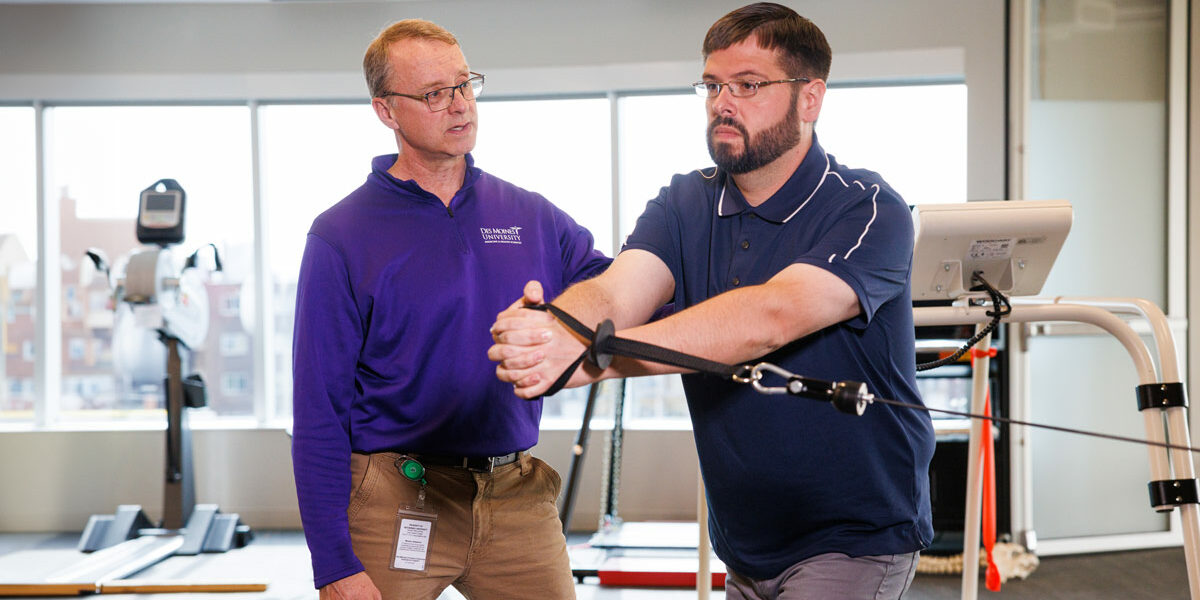Physical therapy plays a crucial role in restoring and improving the functionality and mobility of individuals recovering from injuries, surgeries, or chronic conditions. As the field of physical therapy continues to advance, so does the technology and equipment used to aid in the rehabilitation process. In this article, we will delve into the diverse world of physical therapy equipment, exploring the latest innovations and their impact on patient outcomes.
- Therapeutic Exercise Equipment
One of the cornerstones of physical therapy is therapeutic exercise, aimed at improving strength, flexibility, and overall function. The range of therapeutic exercise equipment has expanded significantly in recent years. Traditional resistance training tools like resistance bands and weights are now complemented by advanced devices like pneumatic resistance machines, which provide a controlled and customizable resistance for patients at various stages of recovery.
Moreover, virtual reality (VR) and augmented reality (AR) have made their way into therapeutic exercise. VR systems allow patients to engage in immersive exercises, enhancing motivation and adherence to treatment plans. These technologies not only make therapy more engaging but also provide real-time feedback to both patients and therapists, facilitating more effective and personalized rehabilitation.
- Electrotherapy Devices
Electrotherapy has long been a staple in physical therapy for pain management, muscle stimulation, and tissue repair. Traditional electrical stimulation devices have evolved into more sophisticated gadgets. Transcutaneous Electrical Nerve Stimulation (TENS) units, for instance, have become more portable and user-friendly, allowing patients to manage pain at home.
Furthermore, neuromuscular electrical stimulation (NMES) devices are being used to facilitate muscle contractions in individuals with neurological disorders or muscle atrophy. These devices can be programmed to target specific muscle groups, aiding in muscle re-education and functional improvement.
- Balance and Stability Equipment
Improving balance and stability is often a crucial aspect of physical therapy, especially for individuals recovering from orthopedic injuries or surgeries. Balance training equipment has evolved beyond simple stability balls and wobble boards. Advanced technologies such as force plates and computerized balance systems provide quantitative data on a patient’s balance and weight distribution, enabling therapists to design more precise and tailored interventions.
Virtual reality has also found its way into balance training, with systems that challenge patients in virtual environments, simulating real-life scenarios. This not only adds an element of fun to the rehabilitation process but also enhances the transfer of balance skills to daily activities.
- Robotic Rehabilitation Devices
The integration of robotics into physical therapy has been a game-changer in recent years. Robotic rehabilitation devices can assist, support, or resist a patient’s movements, providing a high level of customization to meet individual needs. These devices are particularly beneficial for individuals with severe motor impairments, as they can offer repetitive and intensive training in a controlled manner.

Exoskeletons, for example, enable patients with spinal cord injuries to stand and walk, promoting neuroplasticity and functional recovery. Robotic-assisted therapy for upper extremities is also gaining popularity, with devices that guide patients through specific movements to improve strength and coordination.
- Ultrasound and Heat Therapy Devices
Modalities such as ultrasound and heat therapy continue to be integral components of physical therapy. However, advancements in technology have led to more portable and efficient devices. Therapeutic ultrasound machines now come with ergonomic designs and advanced features, allowing therapists to deliver precise treatment to target tissues.
Infrared and microwave heating devices offer alternative approaches to heat therapy. These devices penetrate deeper into tissues, promoting increased blood flow and aiding in the healing process. The ability to precisely control the temperature and duration of therapy enhances the therapeutic benefits while minimizing the risk of burns or discomfort.
- Telehealth and Remote Monitoring Tools
The advent of telehealth has transformed the way physical therapy is delivered. With the use of video conferencing, therapists can connect with patients in real-time, providing guidance and monitoring their exercises remotely. This has proven especially valuable during times when in-person visits may be challenging, such as during a global pandemic.
Wearable devices and sensors have also entered the physical therapy landscape, allowing for remote monitoring of patient progress. These devices can track movement, measure vital signs, and provide valuable data to therapists, enabling them to make informed decisions and adjustments to treatment plans without the need for frequent in-person visits.
Conclusion
The landscape of physical therapy equipment is continually evolving, driven by advancements in technology and a growing understanding of rehabilitation science. From traditional therapeutic exercise tools to cutting-edge robotic devices, the array of equipment available to physical therapists today is diverse and sophisticated. These innovations not only enhance the effectiveness of rehabilitation but also contribute to a more engaging and patient-centric approach to therapy.
As we look to the future, the integration of artificial intelligence, machine learning, and further developments in virtual reality are likely to shape the next generation of physical therapy equipment. The ultimate goal is to provide therapists with tools that empower them to deliver highly personalized and effective rehabilitation, ultimately improving the quality of life for individuals on their journey to recovery.
